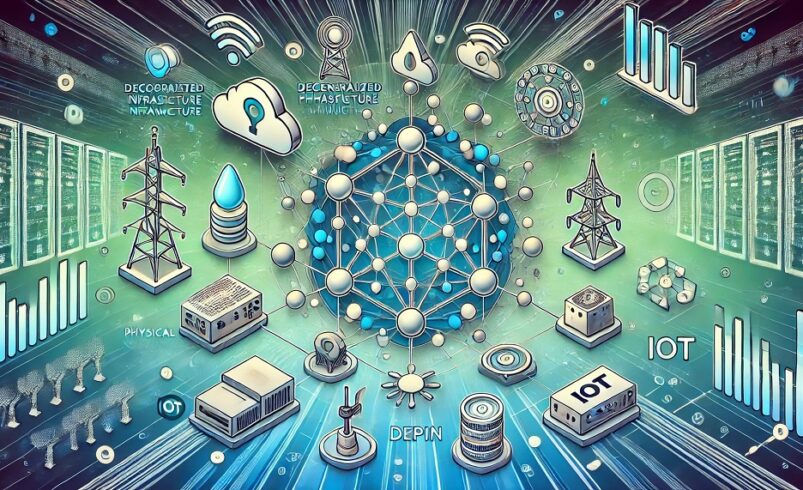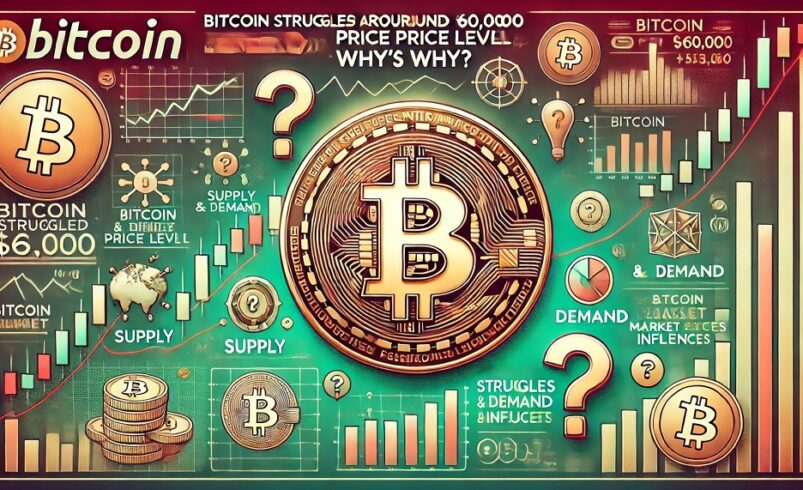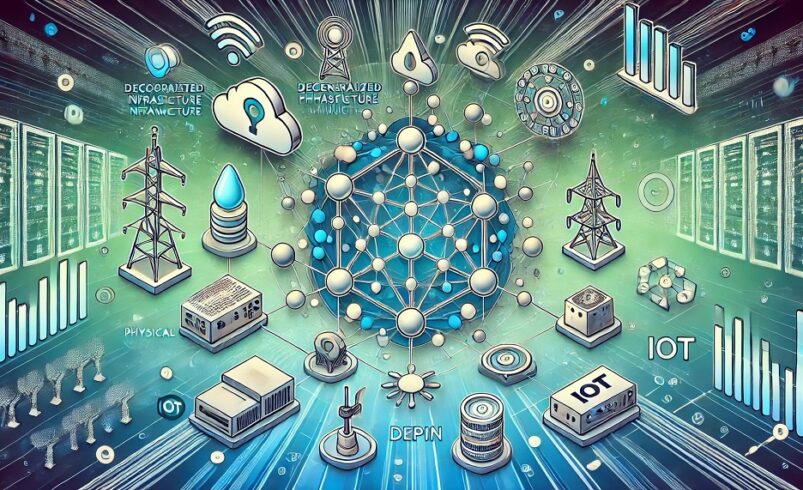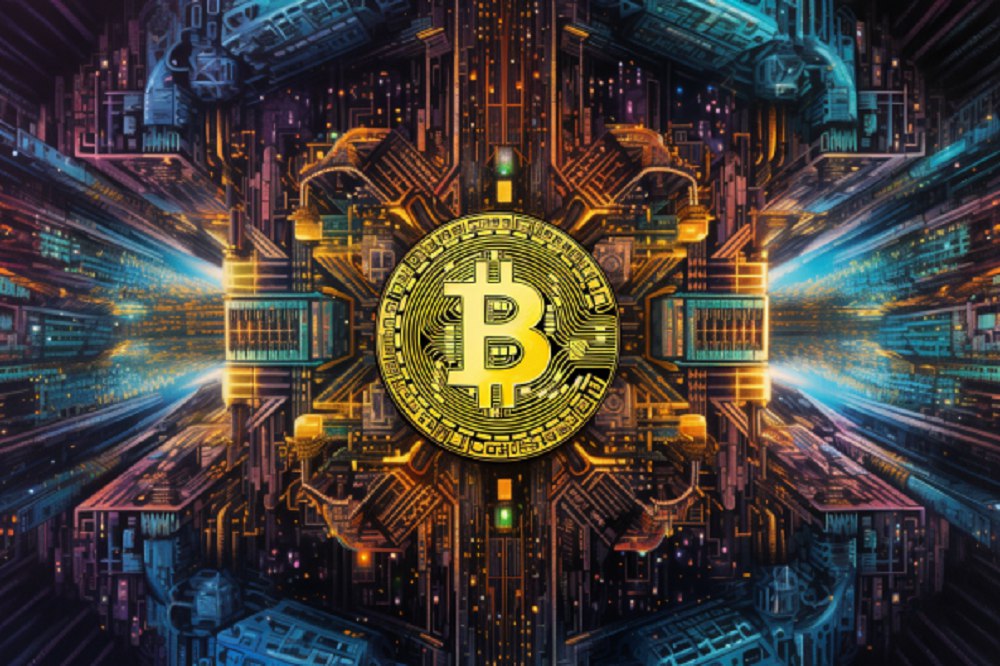Decentralized Physical Infrastructure Networks (DePINs) Explained

Table of Contents
DePINs, or Decentralised Physical Infrastructure Networks, are among the most inventive developments in the blockchain field. In constructing decentralized ecosystems, DePINs combine physical infrastructure, token-based incentives, and distributed ledger technology.
DePINs offer a novel approach to the construction and upkeep of physical infrastructure by utilizing blockchain technology and token incentives.
Understanding the DePIN Framework
Large-scale infrastructure projects, such as those involving waste management or electricity grids, have traditionally needed significant financial investments and are typically supervised by governments and large corporations. DePINs make it possible for these networks to be decentralized.
It was during the early phases of blockchain technology that initiatives such as Power Ledger and OpenBazaar presented blockchain-based e-commerce and energy distribution opportunities. As a result, the basis for subsequent enhancements to the DePIN was established.
The Workings of DePINs
Blockchain technology, smart contracts, token incentives, and the Internet of Things (IoT) are the foundations upon which decentralized physical infrastructure networks are built. Blockchain architecture makes it feasible to decentralize ownership and control over physical infrastructure.
Cryptocurrency rewards come into play when tokens are distributed as incentives to participants who maintain the infrastructure. Smart contracts, which enable hardware interconnectivity, carry out complex transactions, and administer prizes, automate the entire process. They also also carry out rewards administration.
There categories to place DePINs depend on their operational focus. Operations such as supply chain management can benefit from the optimization of the movement of tangible resources made possible by physical resource networks.
With a focus on digital resources, Digital Resource Networks provide backend support for computing, bandwidth, and storage. Infrastructure services become more cost-effective and efficient by linking end users and service providers through the use of decentralized protocols.
Key Features
Blockchain Technology
Since DePINs are based on blockchain, transparency is guaranteed, payments are processed, and escrow agreements between service providers and end users are managed adequately. Also, peer-to-peer (P2P) environments that are decentralized and permissionless can be created and maintained more easily.
Tokenization
Token incentives are essential to DePINs since they incentivize service providers to promote network membership. A higher level of engagement may raise the token’s value and support the ecosystem’s stability and sustainability.
Smart Contract
Smart contracts automate several tasks to simplify network operations within DePINs. These self-running protocols maximize resource allocation and improve network efficiency. Smart contracts lower the cost of infrastructure access by doing away with intermediaries.
Decentralization
By distributing power among network participants, DePINs establish a peer-to-peer ecosystem that does away with the traditional monopolies maintained by governments and big businesses. Infrastructure resources are easier to access, and entry barriers are reduced.
Notable DePIN Initiatives
Filecoin
Filecoin provides decentralized data storage solutions. Through this P2P network, users can compute, store, retrieve, and monetize data. Moreover, users with extra storage space can exchange it for the network’s native coin, FIL.
The Render Network
The Render Network links GPU service providers with customers looking for GPU computing services, such as machine learning and 3D rendering. These suppliers give the network access to their GPUs in return for Render’s native tokens (RNDR).
Their task volume increases as they establish their reputation on the site over time. Render Network’s first launch was on the Ethereum blockchain. But it moved to Solana in November 2023 and in June 2024, it became the biggest DePIN project based on its market capitalization.
The Graph
This decentralized indexing project launched in 2020 enables users to access and interpret intricate blockchain data. Developers can create decentralized apps (DApps) by accessing on-chain data on several networks, such as Ethereum. Platform service providers receive their rewards through GRT tokens.
Advantages of DePINs
Enhanced Accessibility: DePINs remove centralized control and reduce entrance barriers, increasing the accessibility to resources.
Decentralized Marketplace: These networks’ decentralized architecture eliminates the possibility of a single point of failure, boosting dependability.
Cost-Effectiveness: Services rendered through crowdsourcing are reasonably priced and accessible.
Permissionless and Borderless Expansion: DePINs allow for expansion without the need for government interference.
Challenges
Security Risks: Smart contracts can be hacked or have vulnerabilities.
Token Price Volatility: The stability of the ecosystem may be impacted by changes in token pricing.
Technical Expertise: Specialized technical knowledge is needed to set up and maintain DePINs.
Conclusion
Through the integration of smart contracts, blockchain, IoT, and token incentives, DePINs offer decentralized access to vital resources. By democratizing infrastructure management, which enhances its efficiency, transparency, and accessibility, these networks help close the gap between Web3 technology and physical infrastructure.
Time Crypto Market offers content visibility for dozens of crypto enterprises, and you can be a part of our network! Reach out to us on our telegram chat for inquiries. The nature of cryptocurrencies is highly unpredictable; always perform your due diligence before any investment. Several articles on our site come from guest contributors or are commissioned pieces, not originating from Time Crypto Market's in-house writers. The perspectives shared in these articles might not necessarily align with those of Time Crypto Market. We do not assume responsibility for the veracity, caliber, promotions, offerings, or any other elements presented on our platform. Consult our comprehensive terms of service and disclaimer for more details.








